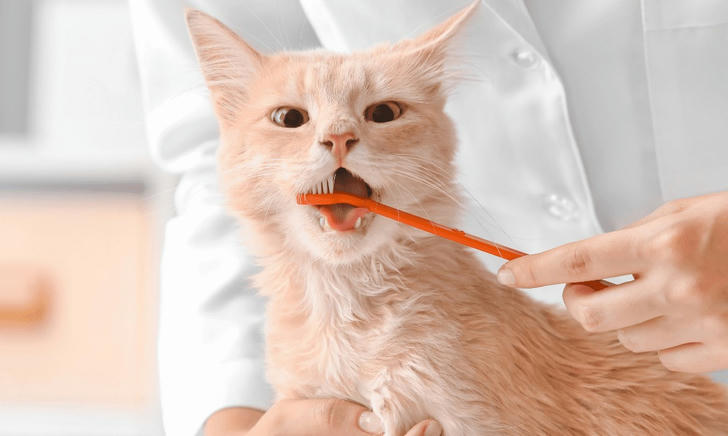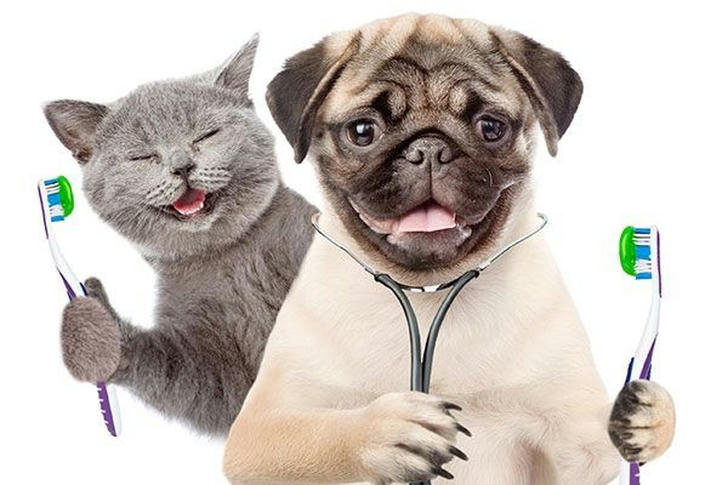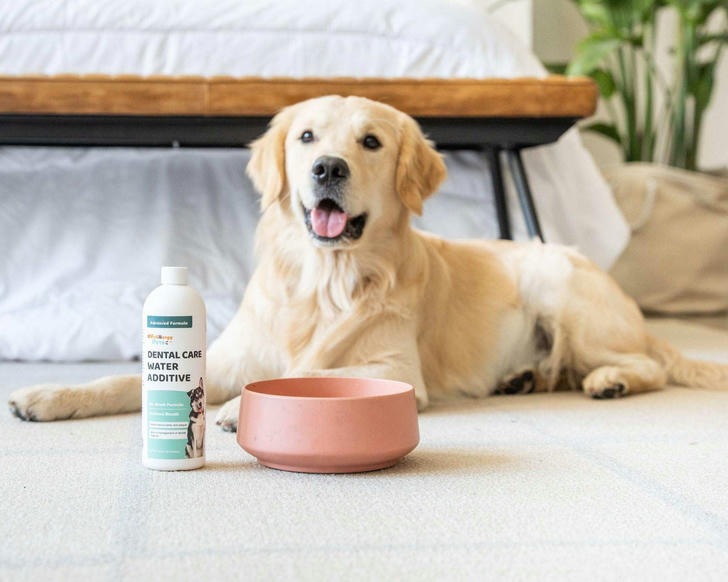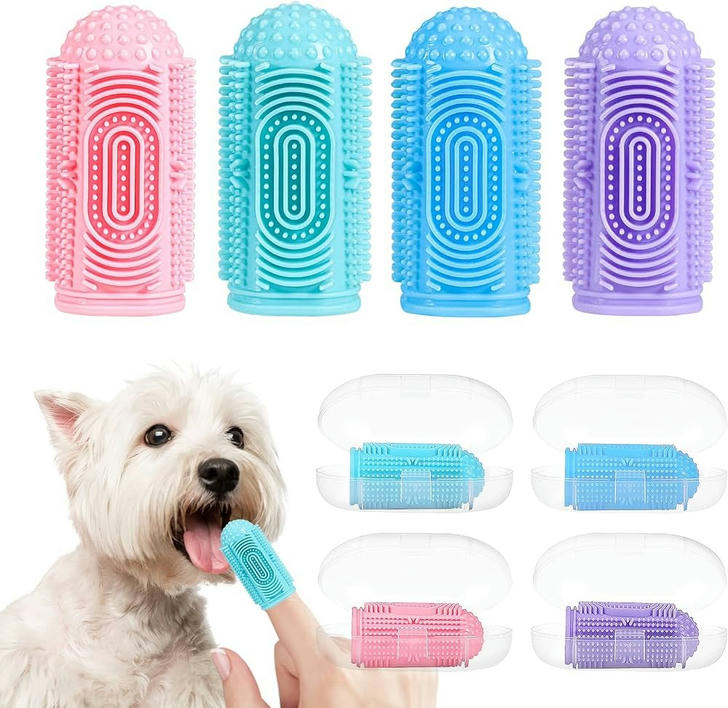Why Oral Hygiene Matters for Pets: Preventing Dental Disease in Dogs and Cats
Oral hygiene is often an overlooked part of pet care, yet it is crucial to the overall health of our furry friends. Dental disease affects a significant number of dogs and cats and can lead to severe health issues if left untreated. This article explores why oral hygiene matters for pets, the risks of dental disease, and practical steps pet owners can take to maintain their pets' oral health. By following a few simple daily practices, you can help your pet live a healthier, happier life with a bright smile to match.

1. Why Oral Hygiene is Important for Pets
Good oral hygiene goes beyond preventing bad breath. Dental disease can lead to pain, tooth loss, and serious systemic health issues. Bacteria from infected gums and teeth can enter a pet’s bloodstream, potentially leading to heart, liver, and kidney problems. Regular oral care is vital for pets to avoid these risks, helping them maintain strong, functional teeth and a healthy life.
Example: A dog with untreated periodontal disease may develop infections that could impact vital organs, significantly affecting its quality of life.
2. Common Dental Diseases in Pets
There are several dental issues that commonly affect dogs and cats, many of which can be prevented through regular oral care. Some of the most prevalent issues include:
•Plaque and Tartar Buildup: Plaque forms when food particles mix with bacteria, leading to a sticky substance on teeth. If not removed, it hardens into tartar, which can cause gum inflammation.
•Gingivitis: This early stage of gum disease involves inflamed gums that may bleed easily. Untreated gingivitis can progress to more severe periodontal disease.
•Periodontal Disease: Affecting the tissues around the teeth, this is one of the most common dental diseases in pets and can cause pain, tooth loss, and even bone damage.
•Tooth Abscesses: Abscesses are painful infections that can form around the root of a tooth, causing swelling and discomfort.
Regular check-ups with a veterinarian and consistent oral care at home are crucial to catch and prevent these issues early.
3. Recognizing the Signs of Dental Disease
Pets often hide pain well, so it’s essential to recognize subtle signs of dental disease. Common symptoms include:
•Bad breath
•Red, swollen, or bleeding gums
•Difficulty eating or reduced appetite
•Pawing at the mouth
•Drooling or dropping food
•Visible tartar buildup on teeth
If you notice any of these symptoms, it’s important to schedule a veterinary check-up promptly. Early intervention can prevent further damage and save your pet from pain.

4. Steps for Maintaining Your Pet's Oral Hygiene
Preventing dental disease in pets is achievable with a consistent oral hygiene routine. Here’s a step-by-step guide to help you maintain your pet’s oral health effectively.
Step 1: Daily Brushing
Brushing your pet’s teeth daily is the most effective way to prevent plaque and tartar buildup. Start with a pet-safe toothbrush and toothpaste (human toothpaste is not suitable as it can be harmful to pets).
•Introduce the Routine Gradually: Start by letting your pet taste the toothpaste and get used to having their mouth touched.
•Choose the Right Brush: Small, soft-bristled toothbrushes work well for cats and small dogs, while finger brushes may be easier to use on larger dogs.
•Brush Gently: Brush in small, circular motions, focusing on the gum line where plaque is likely to accumulate.
Example: Brushing even a few times a week can significantly reduce tartar, particularly in smaller dog breeds prone to dental issues.
Step 2: Provide Dental Chews and Toys
Dental chews and toys are an excellent way to supplement brushing by helping reduce plaque buildup. These products are designed to scrape away food particles and stimulate the gums, which keeps the mouth healthier.
•Choose Appropriate Chews: Look for chews approved by the Veterinary Oral Health Council (VOHC), which meet specific standards for controlling plaque and tartar.
•Offer Regularly: Provide your pet with dental chews a few times per week as a treat that supports oral health.
Example: Giving your dog a daily dental chew can be a simple, effective way to support oral hygiene, especially for pets that are resistant to brushing.
Step 3: Opt for Dental-Supportive Food and Water Additives

Some pet foods are specifically formulated to support dental health. These foods are typically designed to create a scraping effect on the teeth, which reduces plaque buildup. Additionally, there are pet-safe water additives that help freshen breath and reduce bacteria in the mouth.
•Choose Dental-Specific Diets (If Needed): Consult your vet about foods designed for dental health, especially if your pet is at high risk for dental disease.
•Use Water Additives Sparingly: Add a pet-safe oral hygiene solution to your pet's water bowl. Make sure it’s veterinary-approved, as not all products are equally effective.
Step 4: Schedule Regular Dental Check-Ups
Routine veterinary visits are essential for monitoring your pet’s dental health. Most pets benefit from a dental check-up once a year, though some may need more frequent visits based on their age and dental history.
•Dental Cleanings: Your vet may recommend a professional cleaning every 1-2 years, depending on your pet’s oral health. Professional cleanings allow vets to remove tartar and address any underlying issues under anesthesia.
•Monitor for Changes: In between visits, keep an eye on your pet’s oral health and bring any concerns to your vet’s attention promptly.
Example: Smaller dog breeds, such as Dachshunds and Chihuahuas, may need more frequent cleanings, as they are more prone to periodontal disease.
Step 5: Reward and Reinforce
Many pets are resistant to oral care at first. Use positive reinforcement to make the experience as pleasant as possible. Offer treats, praise, or even a favorite toy after brushing or dental chews to associate oral care with rewards.
Example: If your cat dislikes brushing, reward them with a small treat immediately after, so they begin to associate the routine with something positive.
5. Tips for Handling Common Challenges
Handling Reluctant Pets
Some pets are particularly sensitive about their mouths and may resist brushing or dental chews. In these cases, patience is key:
•Start Slowly**: Introduce brushing in short, 1-minute sessions, gradually increasing as your pet gets comfortable.
•Use a Finger Brush: A finger brush can sometimes feel less invasive and allows you to control the brushing pressure more easily.
•Reward Generously: Give plenty of praise and treats to encourage cooperation over time.

Preventing Bad Breath
While dental disease is a common cause of bad breath, some pets may have a naturally stronger scent in their mouths. Water additives, dental treats, and regular brushing can help minimize bad breath.
•Use Breath-Freshening Sprays: Some pet-safe sprays are designed to freshen breath between brushings. Always ensure products are safe and approved for pets.
6. Conclusion: Making Oral Hygiene Part of Your Pet’s Routine
Maintaining your pet’s oral hygiene is crucial for their long-term health and comfort. With a consistent brushing routine, dental chews, regular check-ups, and a bit of patience, you can prevent dental disease and keep your pet’s mouth healthy and pain-free. Start small, build good habits, and watch as your pet’s overall health and happiness improve with each step in their oral care routine.
